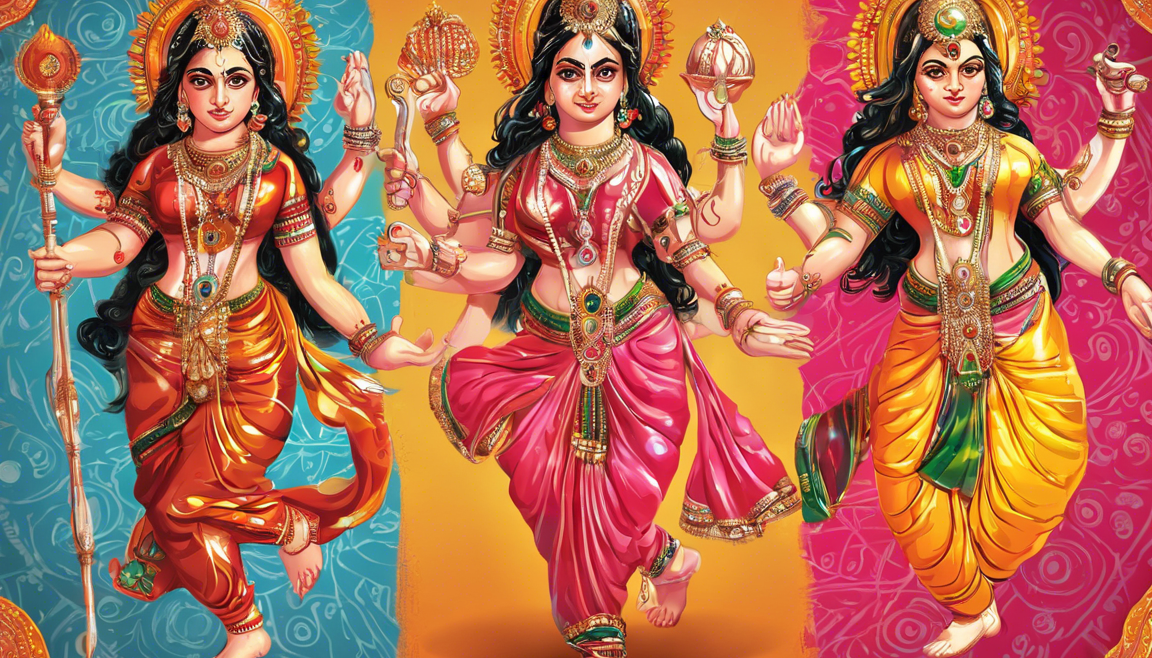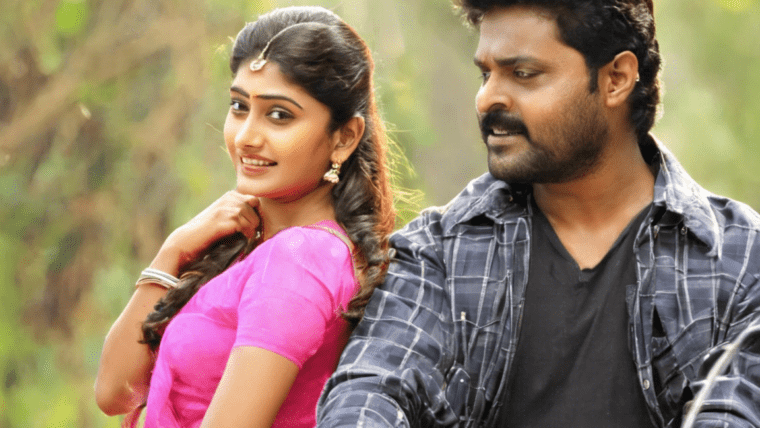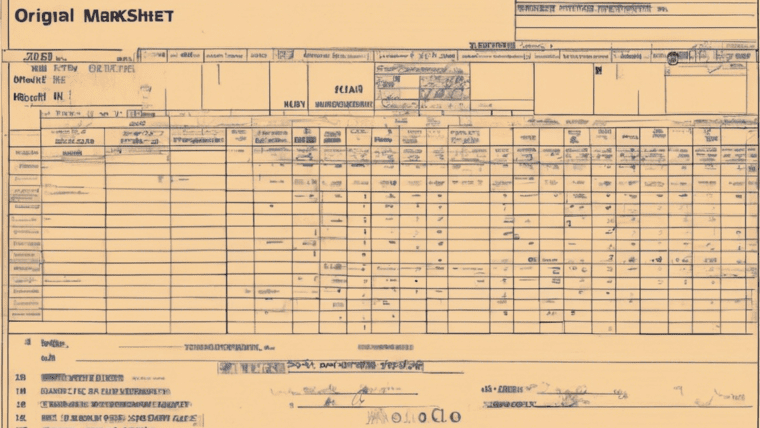Navratri, a vibrant and joyous festival celebrated across India, holds a significant place in the hearts of devotees. Navratri is a nine-night festival celebrated in honor of the divine feminine energy, specifically the goddess Durga. Each day of Navratri is dedicated to worshiping different forms of the goddess, with the seventh day known as Saptami.
Significance of the 7th Day of Navratri:
On the seventh day of Navratri, devotees worship the fierce and powerful form of the goddess Durga known as Kalaratri. Kalaratri, which translates to “the one who is black as night,” symbolizes the destructive and protective aspect of the goddess. She is depicted with a dark complexion, disheveled hair, a shining necklace that has the power to fulfill all desires, and a deadly iron hook in her hand.
Kalaratri is believed to destroy ignorance and remove the darkness from the lives of her devotees. By worshiping her on the seventh day of Navratri, people seek protection from negative energies, fears, and obstacles in their lives. It is also believed that she bestows her devotees with courage, strength, and fearlessness to overcome challenges.
How is the 7th Day of Navratri Celebrated?
-
Puja Rituals: Devotees wake up early in the morning, take a bath, and wear clean clothes to prepare for the Kalaratri puja. They offer prayers, light incense sticks, and diyas (oil lamps), and perform aarti (ritual of worship with light) to honor the goddess.
-
Offerings: Offerings of jaggery or sweets are made to the goddess as it is believed to appease her and bring blessings and prosperity.
-
Kanya Puja: On the seventh day of Navratri, some devotees also perform Kanya Puja, where nine young girls representing the nine forms of the goddess are worshipped and offered food, clothes, and gifts.
-
Fasting: Many devotees observe fasts on the seventh day of Navratri to seek the blessings of Kalaratri and to purify their minds and bodies.
-
Mantra Chanting: Reciting mantras dedicated to Kalaratri such as “Om Devi Kalaratryai Namah” is believed to invoke her presence and seek her protection and guidance.
-
Color of the Day: The color associated with the seventh day of Navratri is Royal Blue, symbolizing strength and power.
-
Navratri Garba and Dandiya: In the evening, people gather for Garba and Dandiya Raas, traditional folk dances performed in honor of the goddess Durga. It is a joyful celebration filled with music, dance, and colorful attires.
FAQs About the 7th Day of Navratri:
Q1: Why is goddess Kalaratri worshipped on the seventh day of Navratri?
A1: Goddess Kalaratri is worshipped on the seventh day of Navratri to invoke her protective and fierce energy to remove darkness and obstacles from the lives of her devotees.
Q2: What is the significance of fasting on the seventh day of Navratri?
A2: Fasting on the seventh day of Navratri is believed to purify the mind and body and seek blessings from the goddess Kalaratri for courage, strength, and fearlessness.
Q3: How is Kanya Puja performed on the seventh day of Navratri?
A3: Kanya Puja involves worshiping nine young girls symbolizing the nine forms of the goddess Durga by offering them food, clothes, and gifts as a mark of respect and devotion.
Q4: What is the color associated with the seventh day of Navratri?
A4: The color associated with the seventh day of Navratri is Royal Blue, symbolizing strength and power.
Q5: What are some common offerings made to goddess Kalaratri on the seventh day of Navratri?
A5: Devotees often offer jaggery or sweets to goddess Kalaratri as it is believed to bring blessings and prosperity.
As the seventh day of Navratri unfolds, devotees immerse themselves in the worship of goddess Kalaratri, seeking her divine blessings and protection. The festival teaches us to embrace the light within us and conquer the darkness, embodying the spirit of courage, strength, and perseverance.


